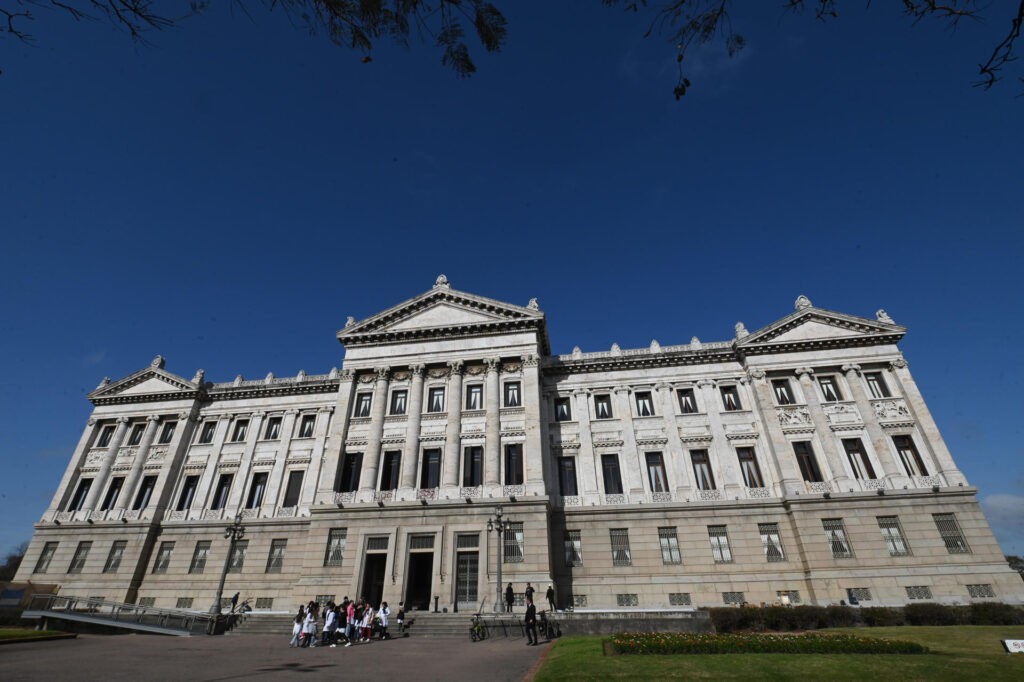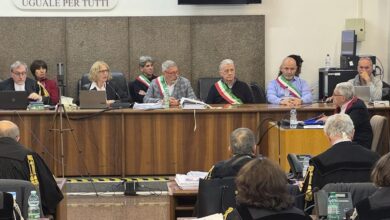Uruguayan Democracy’s House Turns 100 With Dignity and Renewed Purpose

A century after crowds in wool coats tipped their hats to the sky and lined up for a first glimpse of Montevideo’s marble parliament, Uruguay’s Palacio Legislativo marks its centennial. Restored for dignity and recalibrated for the future, it remains what it was always meant to be: the people’s house.
The People’s House, Then and Now
On August 25, 1925—coinciding with the centennial of Uruguay’s independence—the nation opened its new parliament and invited the public to step inside. “This is the people’s house,” declared Duvimioso Terra, president of the General Assembly, in words that still echo across the marble a century later.
Ahead of this year’s commemoration, Carolina Cosse, the current president of the legislature, described the Palacio as both “symbol” and “house of democracy.” That pairing, she noted, explains why the building is revered far beyond its architecture. It is at once a working chamber, a secular temple, and a monument to Uruguay’s political identity.
“This is a building with enormous symbolic value,” said Marcel Suárez, director of Uruguay’s National Cultural Heritage Commission, in comments to EFE. “What was once called a ‘secular temple’ fulfills with great success its role as a symbol of Uruguayan democracy.” The celebration also marks anniversaries: Uruguay is commemorating 200 years since its 1825 Declaration of Independence, lending the palace’s own 100th anniversary a doubled significance. For Suárez, the homage also belongs to the “natives and immigrants” who began the work with a cornerstone laid in 1906.
Long Dream, Rough Debate, Brilliant Revision
The palace’s history began long before its doors opened. As historian Santiago Medero recounts in El palacio de mármol, Uruguay first imagined a purpose-built parliament in 1868, eager to replace the cramped old cabildo, where lawmakers shared quarters with police. What followed was decades of argument and ambition.
“Its conception was a long and longed-for dream; its project, an extensive, rough and passionate debate; its construction, an economic, intellectual and physical effort equal to its monumentality,” Medero told EFE.
After bitter public disputes over cost, a 1902 international competition awarded the project to Vittorio Meano, the Italian architect who had designed Argentina’s Congress. Fate intervened: before the result was formalized, Meano was murdered in Buenos Aires. The design changed hands and direction. Uruguayan architects Jacobo Vázquez and Antonio Banchini advanced the project until another Italian, Gaetano Moretti, arrived and reimagined it.
His intervention was decisive. “What did he do? There are many changes,” Medero explained to EFE, “but perhaps the most important is the crowning—that lantern we call the linterna, with its caryatids.”
That lantern now floods the Salón de los Pasos Perdidos—the Hall of the Lost Steps—with daylight, turning it into both ceremonial heart and democratic crossroads. Broad stairways, an open layout, and national materials—mosaics, stained glass, allegories in stone—anchor a building meant to be monumental and accessible at once.
Marble That Speaks, A Hall That Listens
If the Palacio has a language, it is one that is spoken in stone. Its glowing marbles, quarried from Nueva Carrara in Maldonado, give the building its luminous surface. Granites and porphyries add depth and gravity, binding the edifice to the country’s geology.
These stones have absorbed everything: reforms hammered out in committee rooms, crowds thronging the steps for vigils and speeches, coalitions formed and broken. Every generation adds its footsteps to the Salón de los Pasos Perdidos. Visitors instinctively lower their voices under the lantern’s light.
“Beyond the architectural value, it successfully performs its role as symbol,” Suárez told EFE. Uruguayans still refer to the Palacio as their home. The phrase templo laico—secular temple—lingers because the building does what sacred spaces often do: it gathers a people, contains their differences, and asks them to speak with care.

Restoring Dignity, Preparing for the Next Century
The centennial arrives after years of meticulous restoration. Scaffolding and workshops have been part of the palace’s routine as teams washed façades, repointed joints, painted trim, and upgraded systems.
“For six or seven years the objective has been to reach 100 years with full dignity,” said Gisella Carlomagno, head of Architecture and Heritage Management for the legislature, in remarks to EFE. She guided reporters through work sites and the quiet sanctum where Moretti’s plaster maquettes are preserved. “Hence the enhancement of the building from a heritage perspective, but also through other aspects: incorporating technologies, improving luminaires, everything that makes for the building’s overall conditioning.”
Preventive maintenance, she added, has kept the Palacio in “very good” condition, allowing her team to work patiently and gently. “Everything we do anticipates that twenty years from now, when other colleagues come, they can continue the work.” The approach is stewardship, not spectacle—ensuring the palace remains both hospitable to lawmakers and welcoming to the public, while safeguarding the artistry that makes it unique.
Also Read: Colombia Faces Parallel States as Guerrillas Govern Neglected Amazon Borderlands
That ethos fits the building’s history. The Palacio Legislativo rose slowly, across arguments and crises, carried by architects who revised and reimagined until the marble temple finally opened in 1925. A hundred years later, Uruguay celebrates not just its façades but its function. Marble can be polished; democracy must be practiced. In Montevideo, both shine brighter this year.





